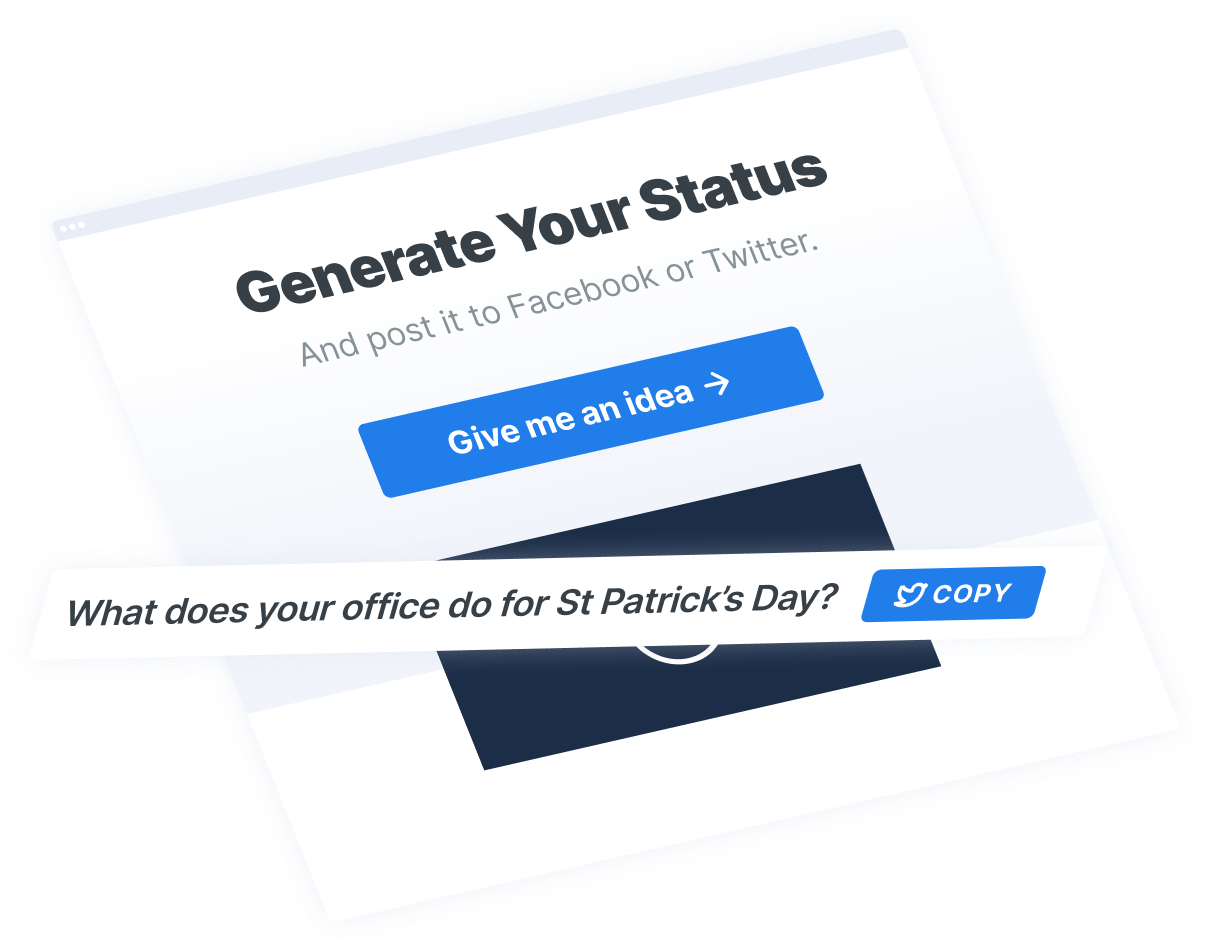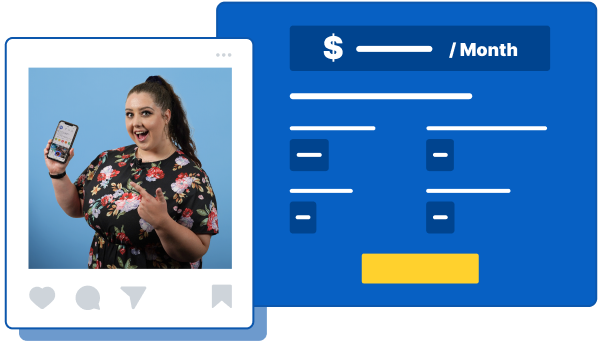- Home
- Blog
- Social Media How to Manage Your Company’s Social Channels More Effectively
How to Manage Your Company’s Social Channels More Effectively
-
 5 min. read
5 min. read
-
 Trevin Shirey
Trevin Shirey VP of Marketing
VP of Marketing
- Trevin serves as the VP of Marketing at WebFX. He has worked on over 450 marketing campaigns and has been building websites for over 25 years. His work has been featured by Search Engine Land, USA Today, Fast Company and Inc.
If you use platforms like Facebook, Twitter, and LinkedIn to engage with customers and promote your business, you know that social media marketing is a little more involved than simply uploading a profile picture and posting updates every few weeks.
Social media users expect the brands they like to maintain an active social presence, and yours is no exception. Luckily, managing your social accounts doesn’t need to be a full-time job.
And although many companies with active followings on multiple platforms choose to hire agencies to maintain their accounts, it’s entirely possible for you to do so with a few hours each week.
74% of people use social media when making a purchasing decision.
Make their decision easy with a stellar social media presence. See how your brand can level up by requesting a no-obligation proposal today.
One of our experts will be in touch within 24 hours!

Schedule posts ahead of time
One of the best ways to keep your social profiles active is by scheduling your posts in advance. Tools like Buffer make it easy to write posts and automatically publish them on specific days.
There’s a whole laundry list of social media scheduling tools, though.
Although it’s not always practical to write every post days in advance, you can set aside time once or twice a week to schedule most of your posts for the next few days.
This is especially useful for Twitter, where many businesses use their accounts to share industry news and trends.
However, it’s important to note that even though your posts are pre-scheduled, your followers’ comments aren’t. And as your company shares updates throughout the day and week, you need to keep an eye on the responses you receive.
Write posts with engagement in mind
Despite its name, many companies seem to forget that social media is intended to be social. It isn’t a traditional advertising channel, and it certainly shouldn’t be a one-way conversation.
In order to make the most of social media for your business, you need to use it to engage with your customers.
As you write your posts (even pre-scheduled ones), do so in a way that encourages responses. In many cases, this is as simple as adding a question to the end of your posts.
Depending on the nature of your business, you can ask your followers what their favorite dishes are at your restaurant, which new products they’re most interested in, or what they think of a recent event that relates to your industry.
Although your followers always have the option to comment on or respond to your posts, asking questions makes it clear that you’re looking for a response and gives them an idea of what to say. This will engage more of your followers, which will ultimately lead to success on social media.
Monitor your accounts regularly
As you grow your social presence, it’s important to keep an eye on what your followers and customers are saying.
And although keeping a constant watch on all of your profiles can be distracting or difficult, you can set aside a few minutes once or twice a day to maintain your active accounts.
You can either do this by logging into each account separately or with tools like Hootsuite and Tweetdeck. These tools not only allow you to see what customers are writing directly to you, but also indirect brand mentions.
This will help you see posts from customers who are either sharing their opinions with their own followers or simply forgot to tag you.
Respond to customers as quickly as possible
As you monitor your accounts, you should respond to customer comments and responses as quickly as possible.
This not only shows a dedication to customer service (in the case of posts that relate to complaints or concerns), but it also allows you to deal with minor issues before too many other users see them, and they escalate into serious PR problems.
Many companies deal with negative comments by providing users with a link to the contact form on their website, and while this may be the easiest solution, it’s certainly not the best. Instead, do your best to address their concerns in your response.
This can be difficult on Twitter, where you have to work with the constraints of character limits, but it’s still best to sum up your answer before offering to DM the user or directing them to a contact form.
This requires more work, but is much more personal than a copy-and-pasted “Please voice your concerns at www.yoursite.com/contact.” And in many cases, a personal response will be enough to satisfy unhappy tweeters.
Whole Foods does a great job of this on their Twitter account by reassuring customers that their concerns are being addressed:
However, your responses shouldn’t be limited to customers who post negative comments.
Even though complaints may seem more pressing, ignoring positive reviews will make your happy customers feel unappreciated and ignored. And in the case of Twitter, it will make your “Tweets and Responses” timeline look like all your company ever gets is unhappy customers.
Is your company active on social media?
If your company has inactive accounts (or no accounts at all) on platforms like Facebook, Twitter, and LinkedIn, you could be missing out on a huge opportunity to engage with your existing customers and reach new ones.
But by following the steps above, you could start building your following within a few weeks. Contact us if you need help improving your social media presence online!
-
 Trevin serves as the VP of Marketing at WebFX. He has worked on over 450 marketing campaigns and has been building websites for over 25 years. His work has been featured by Search Engine Land, USA Today, Fast Company and Inc.
Trevin serves as the VP of Marketing at WebFX. He has worked on over 450 marketing campaigns and has been building websites for over 25 years. His work has been featured by Search Engine Land, USA Today, Fast Company and Inc. -

WebFX is a full-service marketing agency with 1,100+ client reviews and a 4.9-star rating on Clutch! Find out how our expert team and revenue-accelerating tech can drive results for you! Learn more
Twitter and Facebook Status Generator
Finding engaging social media content for your business can be difficult. Use our tool to quickly find ideas and post directly to your page.
Give Me an Idea

Social Media Cost Calculator
Use our free tool to get a free, instant quote in under 60 seconds.
View Social Media CalculatorTwitter and Facebook Status Generator
Finding engaging social media content for your business can be difficult. Use our tool to quickly find ideas and post directly to your page.
Give Me an Idea






